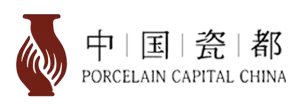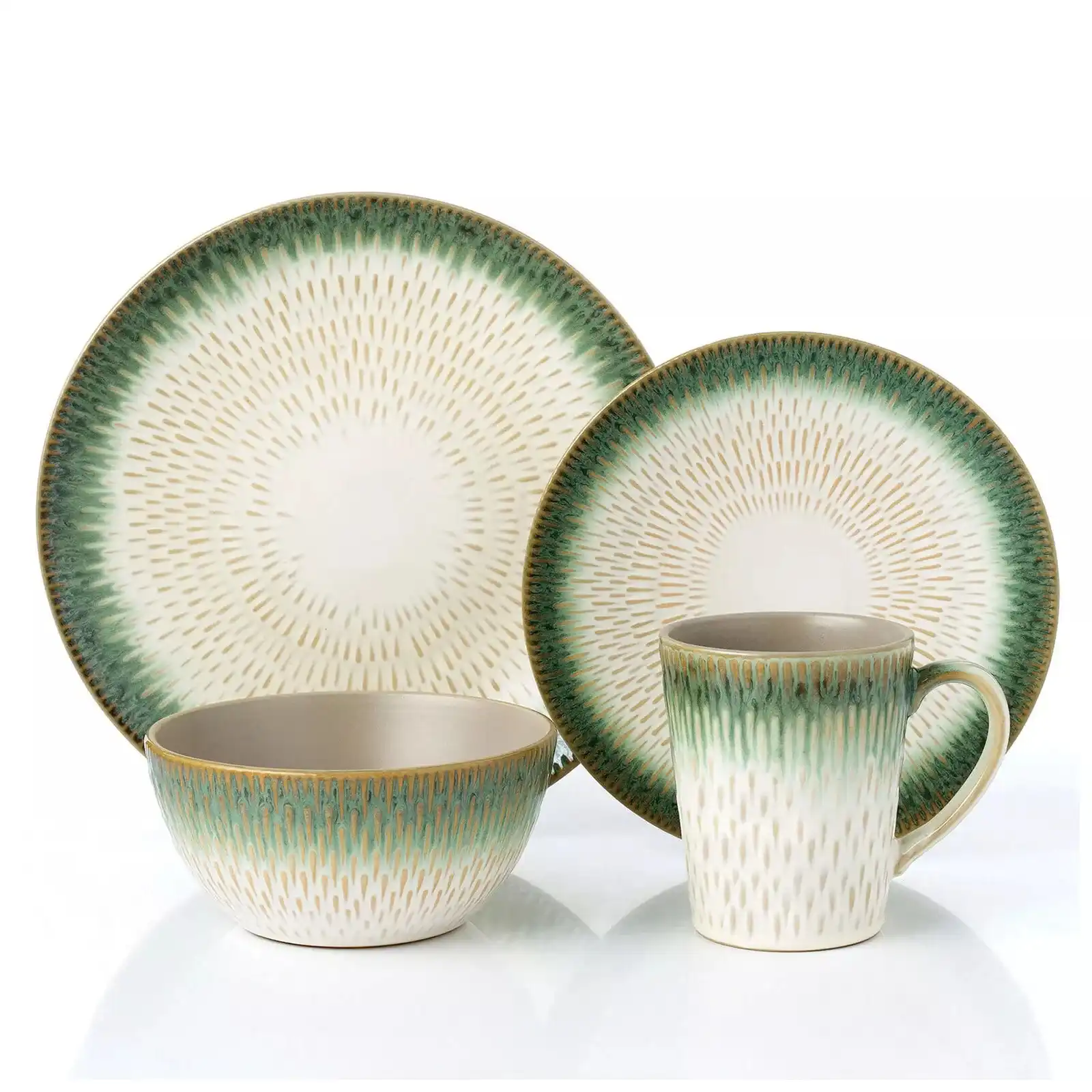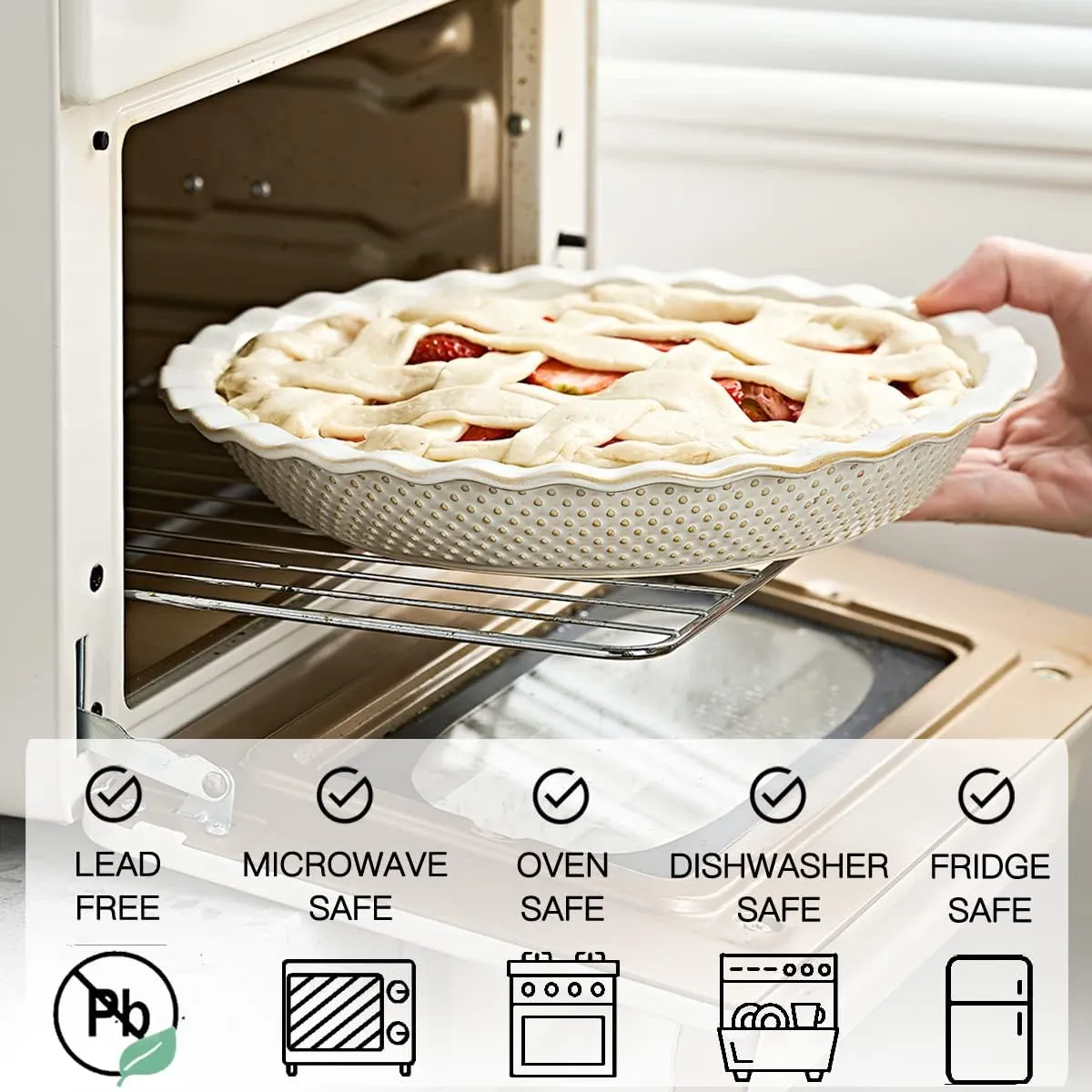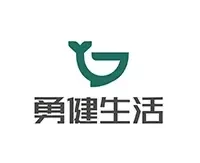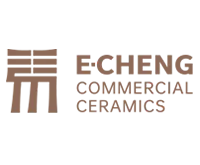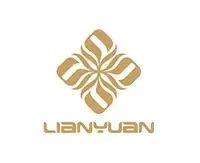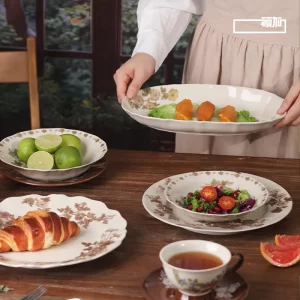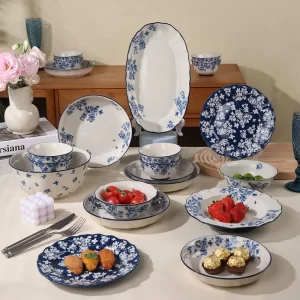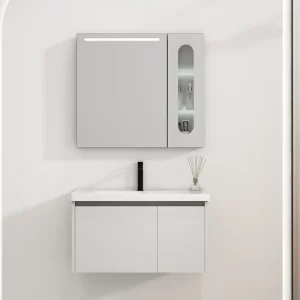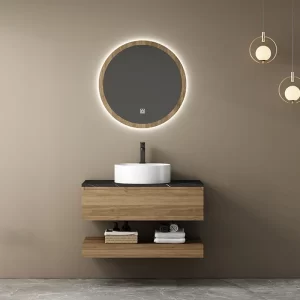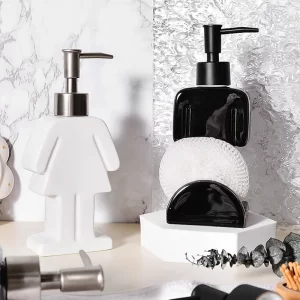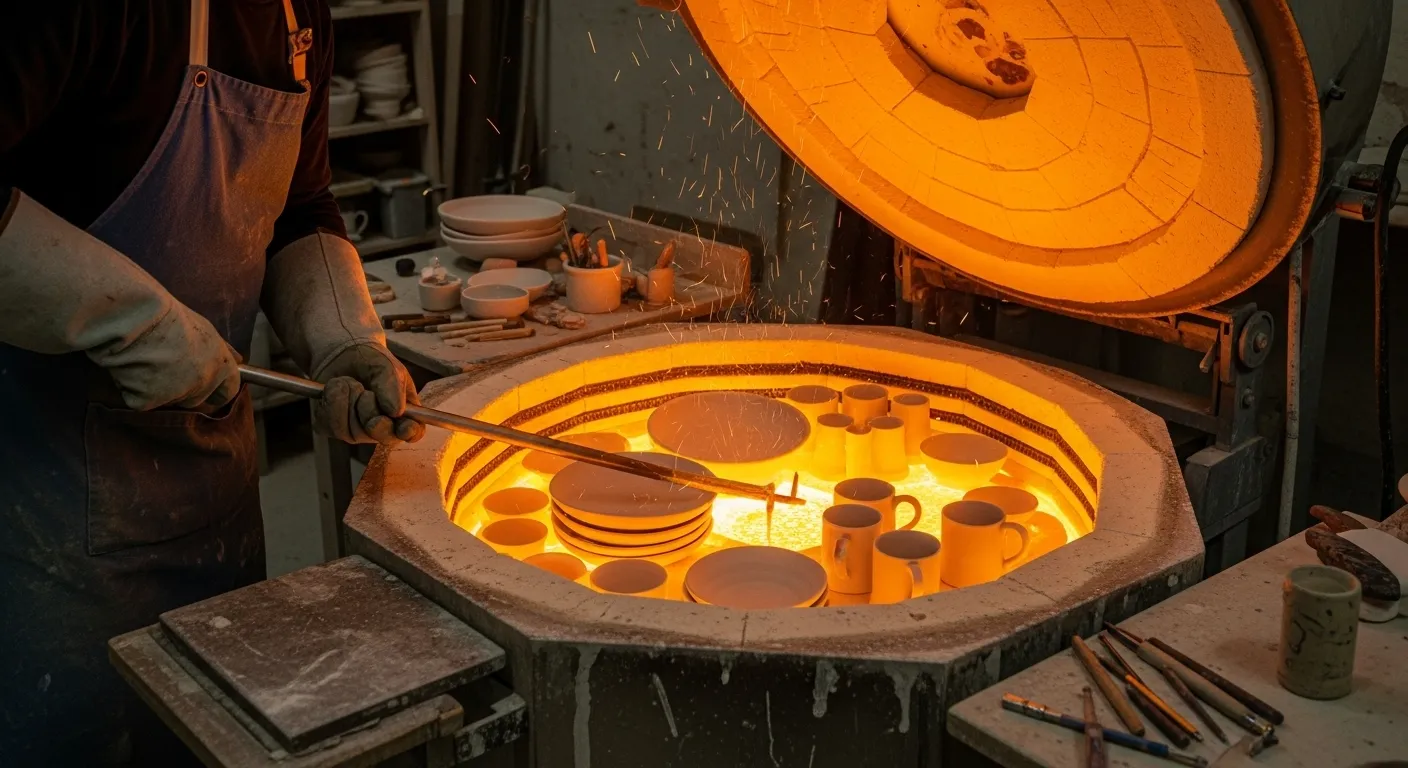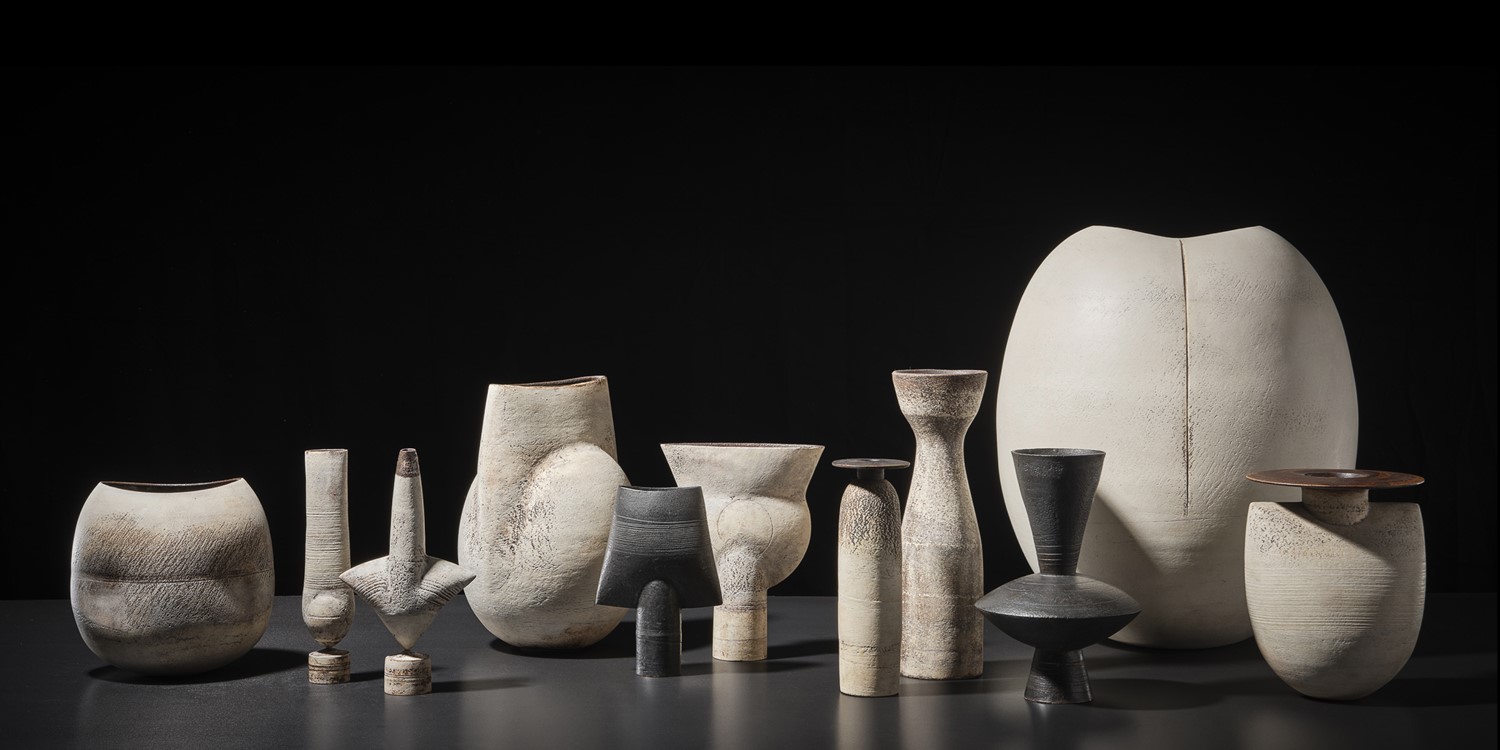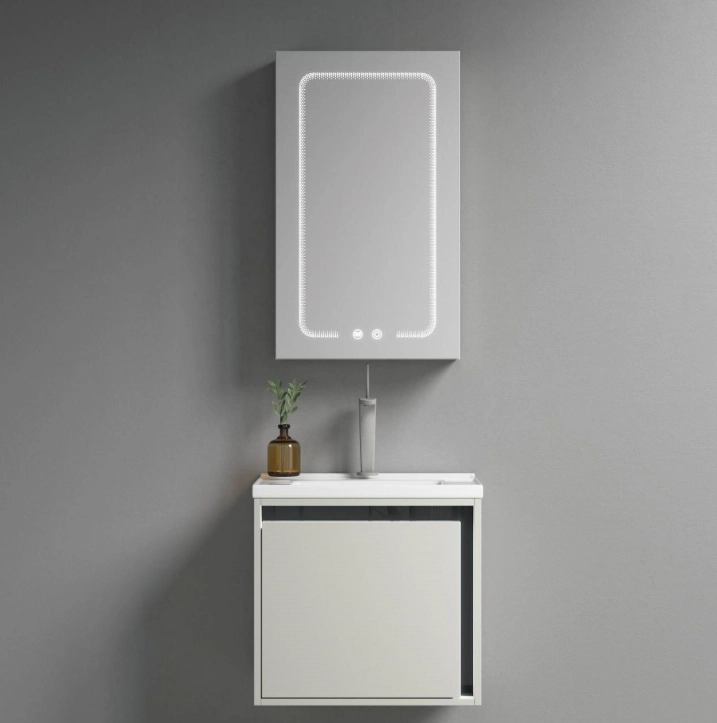¿Por qué es tan importante la seguridad de la vajilla de cerámica?
Las vajillas de cerámica son muy populares por su estética y practicidad, pero unos procesos de producción o una selección de materiales inadecuados pueden entrañar riesgos para la salud:
- Lixiviación de metales pesados: Los esmaltes de baja calidad pueden liberar plomo y cadmio cuando se exponen a alimentos ácidos (como salsa o zumo de tomate).
- Fractura por choque térmico: La cerámica ordinaria es propensa a agrietarse por los cambios bruscos de temperatura, con el consiguiente riesgo de quemaduras.
- Crecimiento microbiano: Los microporos o grietas superficiales pueden servir de caldo de cultivo para las bacterias.
Soporte de datos:
Según la FDA estadounidense, en 2022 se produjeron 1.200 reclamaciones en todo el mundo relacionadas con la contaminación por metales pesados en vajillas de cerámica. Sin embargo, las empresas exportadoras de cerámica de Chaozhou (China) han reducido la lixiviación de plomo a 0,01 μg/cm² (muy por debajo de la norma de la UE de 0,5 μg/cm²) mediante el uso de la tecnología de nanoesmaltado.
En Asociación de Fabricantes de Cerámica de Chaozhou se ha asociado con empresas locales para lanzar el "Programa de Certificación de Cerámica Segura". Todas las vajillas de cerámica de las fábricas participantes se someten a pruebas de metales pesados, con informes de pruebas transparentes que garantizan el cumplimiento de normas internacionales como la FDA y la LFGB.
Seguridad de los materiales: ¿Cómo identificar la cerámica de alta calidad?
Composición del esmalte: Sin plomo ≠ Absolutamente seguro
- Esmaltes tradicionales: Contienen agentes fundentes de plomo para reducir las temperaturas de cocción, pero pueden migrar a los alimentos.
- Alternativas modernas:
Esmaltes de borosilicato: Lograr una cocción a baja temperatura sin plomo (por ejemplo, el esmalte ecológico desarrollado por el Instituto de Investigación Cerámica de Chaozhou).
Esmalte a base de circonio: Alto brillo y gran estabilidad química.
Métodos de ensayo:
- Prueba en casa: Sumerja la vajilla en vinagre durante 4 horas; si la superficie del esmalte se vuelve blanca, puede contener componentes inestables.
- Pruebas de laboratorio: Medición precisa del contenido de metales pesados con un espectrómetro ICP-MS .
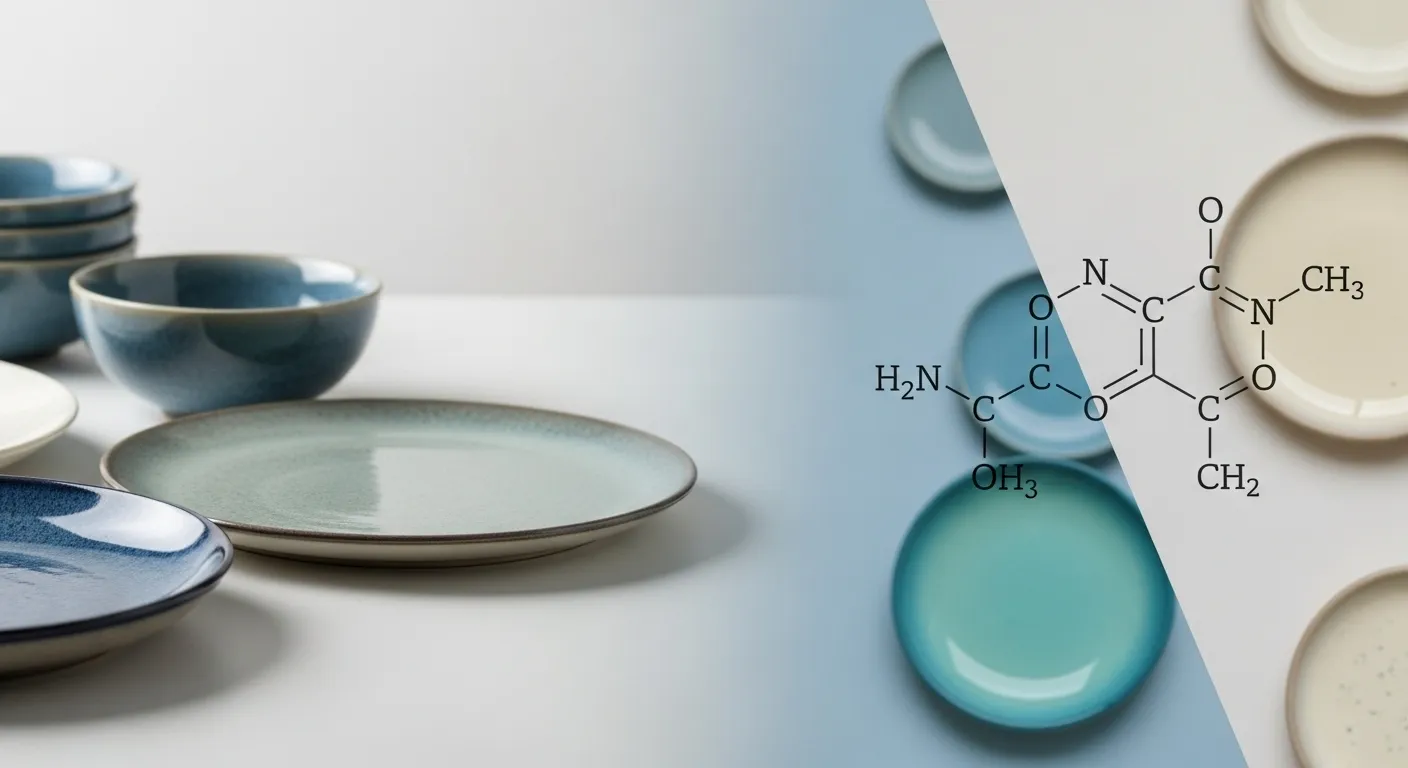
Seguridad en la producción: Control exhaustivo del horno a la mesa
- Cocción a alta temperatura vs. Decoración a baja temperatura
Decoración bajo vidriado a alta temperatura (1200°C+): Los pigmentos se funden con la capa de esmalte, por lo que son menos propensos a desprenderse (por ejemplo, la técnica de la porcelana azul y blanca de Chaozhou).
Decoración sobreesmaltada a baja temperatura (<800°C): Colores vivos pero propensos al desgaste, debe evitarse el contacto con objetos duros (recomendado sólo para uso decorativo).
- Normas internacionales de certificación
| Tipo de certificación | Normas clave | Ventajas de Chaozhou Ceramics |
| FDA (Estados Unidos) | Plomo ≤0,5μg/cm², Cadmio ≤4,5μg/cm². | Yong Jian Ceramic superó la prueba de los 10 ciclos |
| ISO 22915 | Prueba de resistencia al choque térmico (220 °C → 25 °C, 5 ciclos sin grietas) | La cerámica Yong Jian superó la prueba de los 10 ciclos |
| LFGB (Alemania) | Ensayo de migración de materiales en contacto con alimentos | La vajilla de exportación 98% de Chaozhou cumple la norma (Fuente: Asociación de Cerámica de Chaozhou) |
Garantía de la cadena de suministro:
Asociación de Fabricantes de Cerámica de Chaozhou integra fabricantes de cerámica de alta calidad en Chaozhou a través de su plataforma, garantizando el control de calidad en todo el proceso, desde la adquisición de materias primas hasta la entrega del producto acabado, mediante una "sólida red de cadena de suministro", que ayuda a las empresas a obtener rápidamente productos certificados.
Seguridad de uso: Mantenimiento diario e inspección de riesgos
Pruebas de resistencia al calor
- Apto para microondas: Las vajillas de cerámica pura sin bordes metálicos pueden utilizarse con seguridad en microondas (p. ej, Jinhuaollas resistentes al calor).
- Horno/Lavavajillas: Elija productos etiquetados como "Aptos para horno" y evite los cambios rápidos de temperatura entre frío y calor.
Prevención del crecimiento bacteriano
Tecnología de revestimiento antibacteriano: Cerámica Yong Jian incorpora iones de nanoplata en el esmalte, logrando un índice de inhibición bacteriana del 99,9% (probado según GB/T 21510-2008).
Recomendaciones de limpieza:
- Evite utilizar lana de acero para fregar la superficie del esmalte; en su lugar, utilice un cepillo de cerdas suaves con un detergente neutro.
- Suspenda inmediatamente el uso de vajillas agrietadas (las tasas de crecimiento bacteriano pueden aumentar hasta cinco veces).
Conclusiones: La tendencia futura de la cerámica segura
Con el Instituto de Investigación Cerámica de Chaozhou con la introducción de capas de esmalte autolimpiables y sistemas de detección de defectos por IA, las normas de seguridad de las vajillas de cerámica seguirán evolucionando. Se aconseja a los consumidores que den prioridad a los productos etiquetados como "seguros para los alimentos" y "sin plomo" y acompañados de informes de pruebas.
Llamamiento a la acción:
¿Quiere saber más sobre los informes de ensayos de seguridad de cerámica? Visite Asociación de Fabricantes de Cerámica de Chaozhou para acceder a la lista de proveedores certificados, o póngase en contacto directamente con el equipo para obtener soluciones personalizadas.
